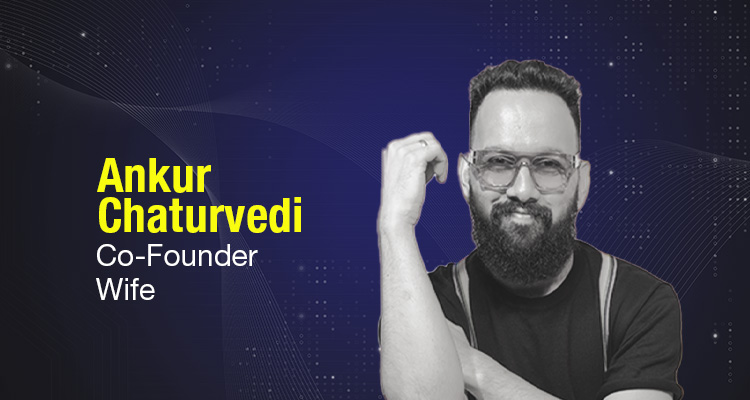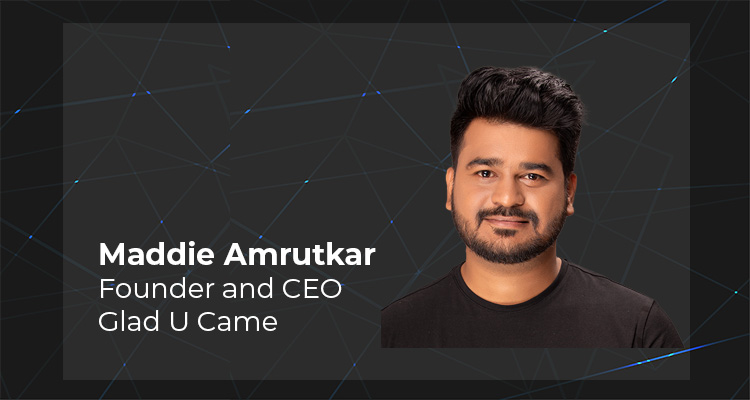The name “Wife” is unique for a branding agency. Can you share the thought process behind it and how it shapes your company’s philosophy?
We approached the naming process with one guiding principle: the name should reflect a sense of pride and longevity. We deliberately avoided trendy, “innovative” buzzwords that might feel dated in a few years. Over the course of our search, we considered more than sixty options and each time thinking we had settled on “the one,” only to revisit the list and continue brainstorming. The process was as exhausting as it was enlightening.
Then, almost unexpectedly, the name “Wife” emerged and everything clicked. It wasn’t merely another branding concept; it carried an inherent sense of inevitability.
Consider the dynamics of a marital partnership: your spouse knows you more deeply than anyone else, challenges you when you’re off course, supports you during vulnerable moments, and rejoices in your achievements as if they were her own. That is precisely the kind of relationship we aspire to cultivate with the brands we serve. We do not see ourselves as mere vendors or consultants; we position ourselves as equal partners, the brand’s other half.
This philosophy goes beyond theory and is embedded in our day-to-day operations. When a campaign triumphs, we celebrate together. When it encounters setbacks, we share in the accountability—no finger-pointing, no assigning blame. We are committed to this partnership—through success and adversity which fundamentally transforms how we engage, collaborate, and deliver for our clients.
How do you develop a digital marketing strategy for a new product launch?
We don’t treat digital like it’s some alien universe requiring different rules. Digital, offline, underwater – doesn’t matter. People are people, and good strategy is good strategy.
We start by asking questions that make brand custodians uncomfortable. Not intentionally, but because we’re digging into assumptions they’ve never questioned. We involve multiple stakeholders from their side because, honestly, internal alignment is usually more broken than they realize. These conversations don’t just clarify things for us – they force clarity within their own teams.
Here’s what most agencies miss: context isn’t just about targeting demographics or choosing platforms. It’s about emotional timing. You can’t launch a celebration campaign when the world is grieving. You can’t talk about luxury when people are worried about basics. We pay attention to how people are feeling – not just as consumers, but as humans living through specific moments in time.
The strategy emerges from this understanding. Which platforms matter? What language resonates? When should we speak, and when should we listen? These aren’t tactical decisions – they’re human ones.
What metrics do you consider most important when assessing the success of a brand campaign?
Everyone obsesses over impressions, clicks, conversions. Fine. We track those too. But they’re symptoms, not the disease.
The first question we ask is brutal: could this campaign have come from any other brand? If yes, we’ve failed, regardless of the numbers. Brand campaigns should be so distinctly yours that competitors couldn’t run them without looking like imposters.
But here’s the metric that matters most: genuine belief. When consumers stop seeing your communication as advertising and start seeing it as truth – that’s when magic happens. You can manufacture engagement, but you can’t manufacture trust.
We’ve seen campaigns with modest reach create profound brand believers, and massive campaigns that generated zero emotional connection. Sales spikes are great, but people who genuinely believe in your brand’s honesty? That’s sustainable competitive advantage. That’s the metric that predicts your future, not just your quarterly performance.
How do you ensure brand consistency across multiple platforms and campaigns?
Consistency isn’t about using the same logo everywhere. It’s about speaking in the same brand voice, even when the conversation changes.
We’re integrated by design, not by accident. This means the same people who craft your brand strategy are creating your digital content, designing your outdoor campaigns, and thinking through your film narratives. The underlying message stays constant, but the expression adapts to each medium’s strengths.
Digital might be more conversational, outdoor more impactful, films more emotional – but the brand’s personality remains unmistakable across all touchpoints. It’s like recognizing someone’s voice whether they’re whispering or shouting.
The real advantage? Total accountability. We can’t blame the digital team when outdoor feels off-brand or point fingers at production when films miss the mark. When everything flows through one creative consciousness, consistency becomes inevitable rather than effortful.
What changes in consumer behaviour have you observed recently, and how have you adapted your approaches accordingly?
People have become ruthless authenticity detectors. They’re not just buying products; they’re buying stories, values, and proof that brands actually mean what they say.
Consumers are doing homework that would impress university professors. They’re reading reviews, cross-referencing claims, and seeking real people’s opinions – even when celebrity endorsements are involved. This shift is forcing brands to either become genuinely better or get exposed as pretenders.
We’re seeing unprecedented demand for transparency: real ingredients, honest processes, authentic stories. Brands that thought they could coast on marketing polish are scrambling to reformulate products and rebuild narratives. It’s beautiful, actually – consumers are demanding brands earn their trust rather than assume it.
Our response? We’ve returned to something the digital boom made us forget, radical simplicity. The simpler the idea, the clearer the communication, the more it cuts through the noise. Complexity has become the enemy of connection.
In a world drowning in content, being elegantly simple isn’t just an aesthetic choice – it’s a strategic imperative. We help brands say more by saying less and mean more by trying less hard.
Where do you see Wife in the next five years, and how do you plan to steer the company towards that vision?
Five years from now, we’ll still be doing what we’re doing today, just better. More ownership, deeper partnerships, simpler solutions to complex problems.
We want to own the space where agencies stop being vendors and become genuine partners. Where the conversation shifts from “what can you do for us” to “what can we build together.” That’s not just a business model – it’s a philosophy about how creative work should happen.
Our vision is surprisingly simple: think like brand custodians, create like artists, but never forget we’re ultimately serving human beings who deserve authentic connections with the brands they choose to invite into their lives.
The plan? Stay kind, stay curious, and when we decide something needs to happen – make sure it happens. Sometimes the most profound changes come from the simplest commitments. In our case, that commitment is being the kind of partner we’d want to work with ourselves.
Because at the end of the day, business is just people helping people do better work. Everything else is just noise.
Enjoyed this interview? Now, imagine yours. Write to:
editor@thefoundermedia.com




